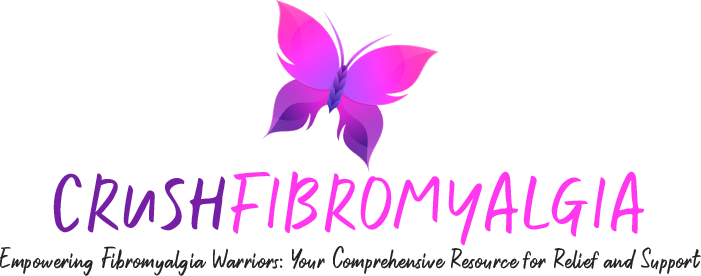Last Reviewed and Updated: November 2023
Fibromyalgia, a chronic condition characterized by widespread pain, fatigue, and other symptoms, affects millions of people worldwide. A common question among both healthcare professionals and the general public is: At what age are individuals most commonly diagnosed with fibromyalgia? This blog post delves into the demographics of fibromyalgia, focusing on the age of onset and diagnosis, and provides a clearer picture of the condition’s reach across different age groups.
Medical Disclaimer: Please note that we are not medical professionals, and while our info is heavily researched, the information provided in this blog post is for informational purposes only. It should not be considered as a substitute for professional medical advice, diagnosis, or treatment. If you are experiencing any eye-related symptoms or have concerns about your health, it is crucial to consult with a qualified healthcare professional for proper evaluation and personalized medical advice. Always seek the guidance of a medical professional before making any changes to your healthcare regimen.
Affiliate Link Disclosure: Some of the products on this page may be affiliate links, and we may receive compensation if you click on those links. However, please rest assured that as sufferers of Fibromyalgia ourselves, our recommendations are based on our honest evaluation and a ton of research.
Understanding Fibromyalgia: An Overview
Before delving into the age-specific aspects, it’s essential to understand what fibromyalgia is. This condition is not just about experiencing pain; it’s a complex syndrome that involves a constellation of symptoms including sleep disturbances, cognitive difficulties (often referred to as “fibro fog”), and heightened sensitivity to pain. The exact causes of fibromyalgia are still under study, but it is believed to involve a combination of genetic, environmental, and psychological factors.
The Most Common Age for Fibromyalgia Diagnosis
Fibromyalgia is often diagnosed in individuals during their middle age, with most diagnoses occurring between the ages of 30 and 50. However, this does not imply that it’s exclusive to this age group. Fibromyalgia can develop at any age, including during childhood or later in life.
Statistics and Trends in Diagnosis Age
- Peak Age Range: Research shows that the likelihood of being diagnosed peaks in the 30-50 age range. This period is when symptoms such as chronic pain and fatigue become more pronounced and persistent, leading individuals to seek medical advice.
- Gender and Age: Women are statistically more likely to be diagnosed with fibromyalgia than men, and this trend remains consistent across all age groups. However, the gender gap in fibromyalgia diagnosis appears to narrow with increasing age.
- Pediatric Fibromyalgia: While less common, fibromyalgia can occur in children and adolescents. In these cases, the symptoms and diagnosis can often be overlooked or misattributed to growing pains or psychological factors.
- Late-Onset Fibromyalgia: There is also a significant number of cases where fibromyalgia develops later in life, post-50 years. In older adults, the diagnosis may be complicated by the presence of other age-related health conditions.
- Worldwide Variations: The age of onset and diagnosis of fibromyalgia can vary globally, influenced by factors such as healthcare access, cultural perceptions of pain, and diagnostic practices.


Factors Influencing the Age of Onset and Diagnosis
The variability in the age of onset and diagnosis of fibromyalgia is influenced by several factors:
Awareness and Recognition: Increased awareness of fibromyalgia among both the public and healthcare professionals has led to more timely and accurate diagnoses, including among younger and older patients.
Misdiagnosis and Delayed Diagnosis: Fibromyalgia is often misdiagnosed or diagnosed after a prolonged period due to its overlapping symptoms with other conditions.
Triggering Events: In some individuals, fibromyalgia can be triggered by specific events such as physical trauma, surgery, or significant psychological stress. The timing of these events can influence the age at which fibromyalgia manifests.
Fibromyalgia is a complex condition that can affect individuals at various stages of life, though the most common age for diagnosis is between 30 and 50 years. Understanding the demographics of fibromyalgia, including age-related trends, is crucial for early recognition, accurate diagnosis, and effective management of the condition. If you or someone you know is experiencing symptoms suggestive of fibromyalgia, irrespective of age, seeking medical advice is a critical first step towards getting appropriate care and support.

